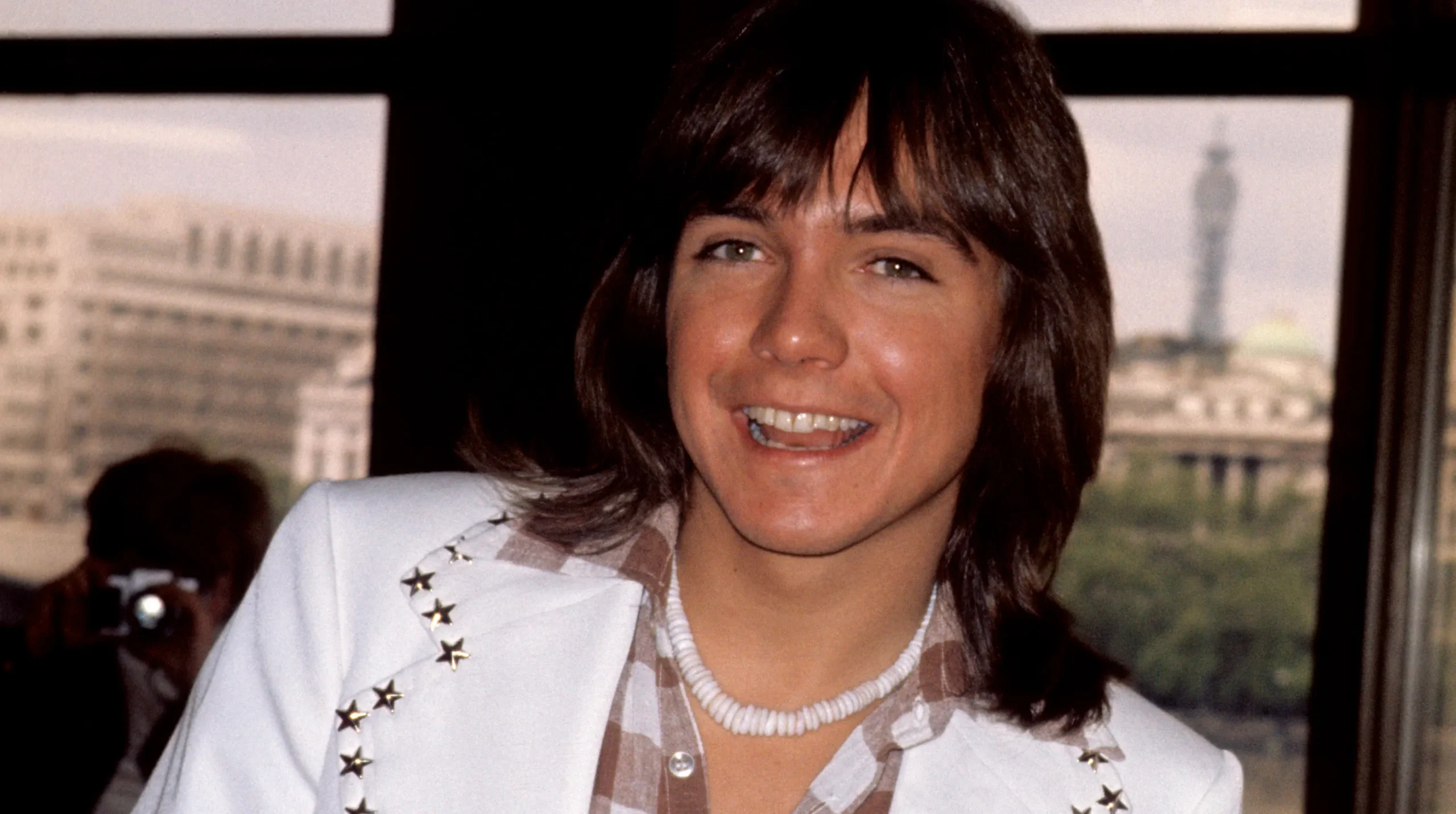
A shy vow that still blooms—David Cassidy’s “Could It Be Forever” takes the first flutter of love and steadies it into something you can believe in, a soft-spoken promise bright enough to light a whole afternoon.
Let’s anchor the facts before we drift into memory. “Could It Be Forever” was written by Wes Farrell and Danny Janssen, produced by Farrell, and arranged (strings and horns) by Mike Melvoin. Cassidy cut it for his debut solo album Cherish (Bell Records, 1972), and Bell also issued it as a U.S. single with “Blind Hope” on the flip (catalogue 45,187). In America the record reached the Billboard Hot 100 Top 40, peaking at #37 in spring 1972; in the U.K. it was paired as a double-A side with “Cherish,” racing to #2 on the Official Singles Chart as British Cassidy-mania caught fire that spring.
Now the feel—the part your ears remember before the dates return. The track opens like a window on a mild day: drums sitting a breath behind the bar, bass nudging the bar line forward, acoustic and electric guitars answering Cassidy’s phrases and then stepping back. Farrell keeps the arrangement small and neighborly; Melvoin’s charting warms the corners without crowding the voice. It’s the L.A. studio A-team at their most companionable—Hal Blaine on the sure snare, Max Bennett/Reinie Press on bass, Larry Carlton, Dennis Budimir, Louie Shelton, Tommy Tedesco trading guitar colors, with the Love Generation/Ron Hicklin Singers feathering the choruses—so Cassidy can sing close to the mic and let the lyric land like a thought he’s just worked up the courage to say out loud.
As writing, Farrell & Janssen choose plain words doing heavy lifting. Without quoting it line by line, the song turns on a gentle dare to hope: not fireworks, but the quieter bravery of saying this feels different—maybe it lasts. Cassidy shapes that idea with the poise that made him more than a TV crush. He doesn’t belt the title; he tests it, rounds the vowels, lets the band breathe around him. That restraint is the point. Where a bigger performance might have chased drama, he chases truth at human scale—a confession that belongs to kitchens and car radios as much as to stages.
The context helps explain why the record wore so well. Cherish arrived while the TV series was minting his fame, but the solo LP framed him as a singer among craftsmen, not just a face on a poster. On U.S. pop radio, “Could It Be Forever” followed the Top-10 warmth of “Cherish” and proved he could carry an original that sounded new yet comfortably classic; in Britain, where the single shipped as a double-A with “Cherish,” it was “Could It Be Forever” that got the lion’s share of airplay and pushed the disc to No. 2. The album itself became a long-running U.K. hit as well.
What older ears hear now is its usefulness. The track doesn’t demand catharsis; it offers company. The groove reassures rather than insists; the harmony vocals arrive like friends who know how to be kind without making a fuss. Play it late in the day and watch how the room changes temperature. Your shoulders drop a notch; the nagging lists go quiet. By the second verse you’re back in the headspace where love is a practice, not a performance—where asking the question is the act of faith.
It’s also a tiny seminar in early-’70s Los Angeles pop craft. Listen for the little mercies: Blaine’s screen-door snare, firm but never harsh; the guitars that witness and withdraw; Melvoin’s lines that paint lamplight rather than wallpaper. Farrell’s production choice—keep everything close and clear—lets Cassidy be what he is here at his best: a neighbor with a beautiful voice, telling you something tender without raising it.
Decades on, the record still behaves like a small kindness. It doesn’t promise you certainty. It permits you to hope—and to name that hope without embarrassment. That’s why the chorus keeps finding new rooms to warm: it believes, softly and bravely, that the first good feeling might become a life.
Scrapbook pins, neat and true
- Artist: David Cassidy
- Song: “Could It Be Forever” — writers: Wes Farrell / Danny Janssen; producer: Wes Farrell; arranger: Mike Melvoin; on Cherish (1972).
- U.S. single: Bell 45,187, B-side “Blind Hope,” Hot 100 peak #37 (spring 1972).
- U.K. single: double-A side with “Cherish,” Official Singles Chart peak #2 (spring 1972).
- Personnel (album): session core including Hal Blaine (drums), Max Bennett/Reinie Press (bass), Larry Carlton / Dennis Budimir / Louie Shelton / Tommy Tedesco (guitars), Mike Melvoin (keys & arrangements), Love Generation/Ron Hicklin Singers (BVs).
Put it on tonight and let it do its quiet work. The melody takes your hand; the chorus arrives like a question you were already thinking; and, for three unhurried minutes, the future feels not just possible but near. That’s the lasting charm of “Could It Be Forever.”